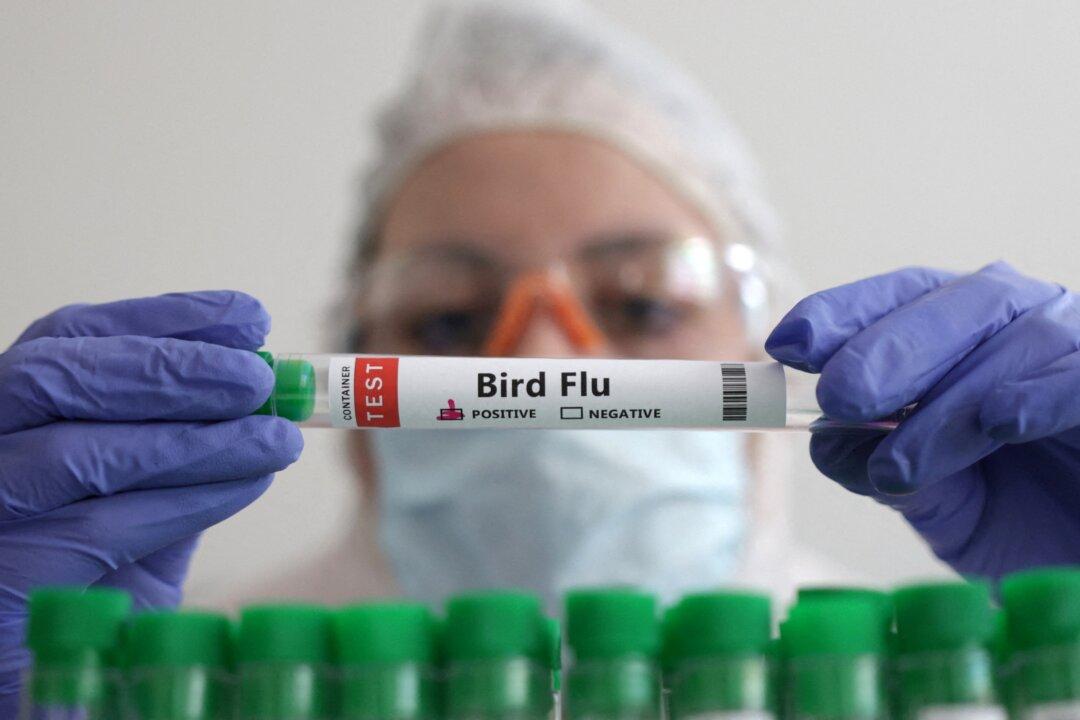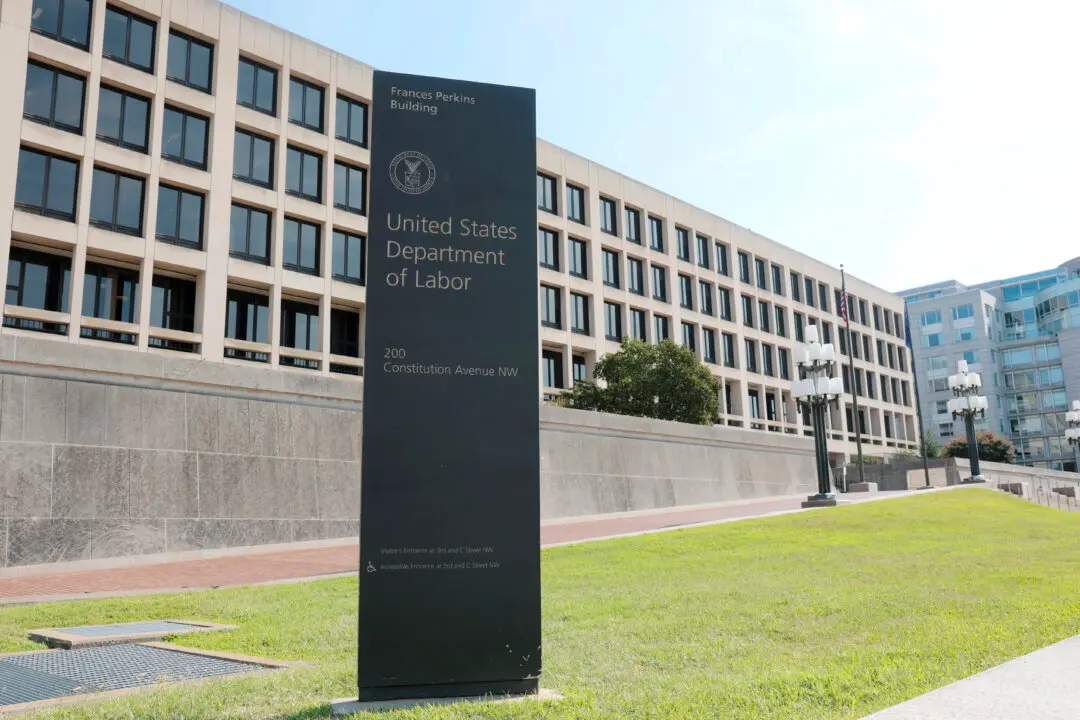Commentary
So many people made bank (both power and money) during the last pandemic that they’re already preparing for a new one. The bit about monkeypox (remember that health emergency only a year ago?) didn’t really go well, so they’re reverting to the fear of infectious disease, this time the old standby H5N1: the dreaded bird flu.





